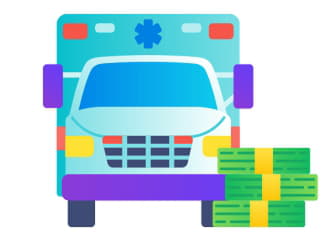
The coronavirus might be twice as contagious as experts initially thought, and the risk of serious symptoms has proven to be more pronounced in some populations than others. For example, 89 percent of adults hospitalized for COVID-19 have a pre-existing condition, and nearly 75 percent are over age 50. However, it’s not just the elderly, immunocompromised and other physically vulnerable populations who are at risk during the coronavirus pandemic. In addition to its physical toll, coronavirus is putting significant strain on the finances of American households, which could spell big trouble for people who were already under pressure financially. People with low incomes are less equipped to weather the economic downturn caused by coronavirus, and some states have bigger problems on the horizon than others.
In order to determine the states with the best support systems to protect at-risk populations from COVID-19, WalletHub compared the 50 states and the District of Columbia across 17 key metrics. Our data set includes factors like whether the state will offer a free coronavirus vaccine once one exists and whether it has adopted long-distance healthcare technology. It also includes metrics such as the coronavirus relief fund per capita and the share of households in poverty receiving social assistance. Read on for the state ranking, additional insight from a panel of experts and a complete description of our methodology.


